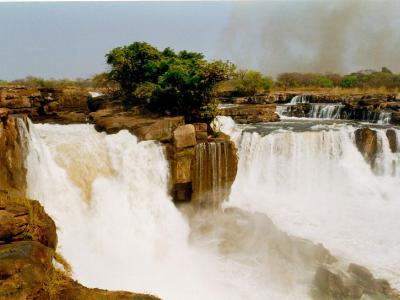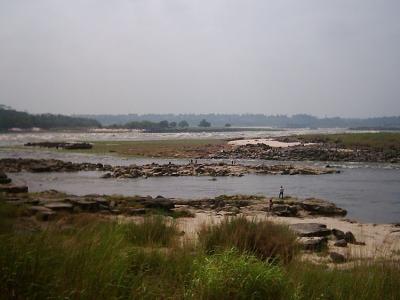Central Africa is a region that captivates with its rich tapestry of cultures, languages, and landscapes. Encompassing a variety of countries, each with its own unique identity, the region is defined not just by its geographical boundaries but also by the shared experiences of its people. From the dense rainforests of the Congo Basin, home to an incredible diversity of wildlife, to the historical significance of ancient iron smelting sites in the Central African Republic, Central Africa is a testament to human resilience and natural splendor.
The region's history is as complex as its geography, with archaeological finds dating back over 100,000 years. These discoveries reveal a human story interwoven with the environment, showcasing a long tradition of adaptation and innovation. The legacy of the Central African Federation, although short-lived, still echoes in the nations of Malawi, Zambia, and Zimbabwe, reflecting the ever-changing political landscape of the continent.
Economically, Central Africa is a study in contrasts. It is rich in natural resources, including precious minerals and vast oil reserves, yet many of its countries face challenges such as political instability and infrastructural deficits. The Economic Community of Central African States (ECCAS) and the Economic and Monetary Community of Central Africa (CEMAC) are regional efforts to foster economic cooperation and development, with the Central African CFA franc serving as a common currency among six of the member states.
Culturally, the region is a mosaic of traditional practices and modern influences. Music, dance, and art are vital expressions of Central African identity, often reflecting the social and political currents of the times. The architecture, from rural villages to urban centers, tells a story of a people who have built their homes and cities to reflect both their heritage and their aspirations.
The landscapes of Central Africa are equally diverse, ranging from wide plateaus to marshlands, alluvial terraces, and higher elevations near the Angolan border. The Congo River system is the lifeblood of the region, supporting ecosystems and human settlements along its banks. The interplay between the natural environment and human activity is a defining characteristic of Central Africa, shaping its past, present, and future.
In conclusion, Central Africa is a region where the past is always present, where the richness of the earth meets the spirit of its people. It is a place where challenges exist alongside opportunities, and where the beauty of the land inspires hope for a brighter future. As the world becomes increasingly interconnected, Central Africa's role on the global stage will undoubtedly continue to evolve, reflecting the resilience and dynamism of its nations and their citizens.







